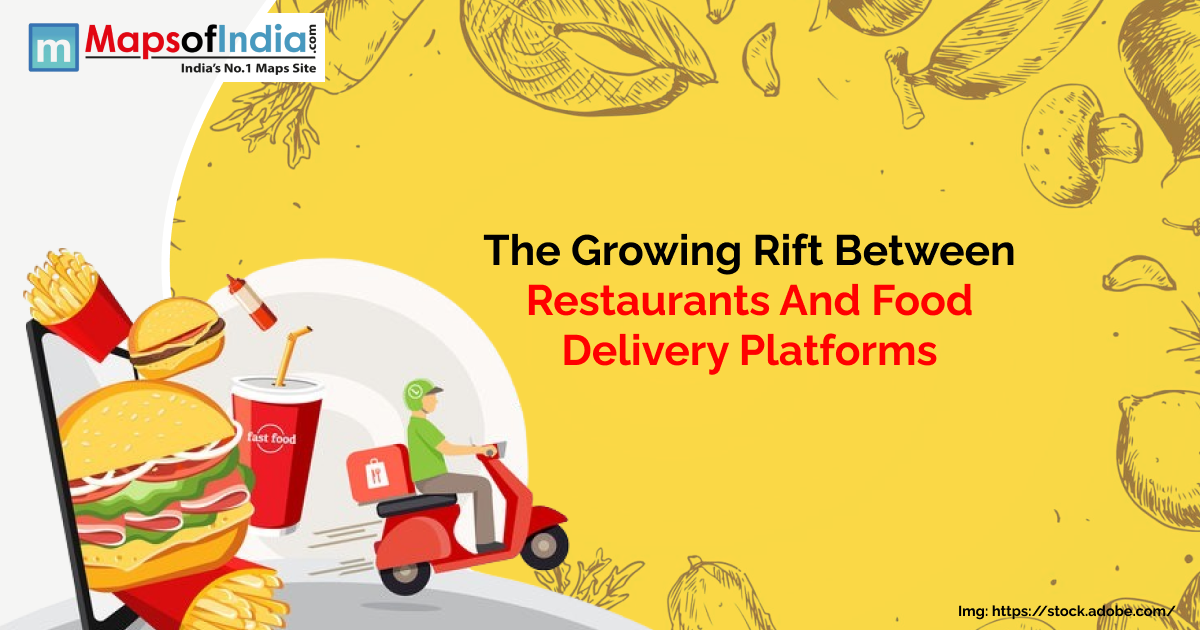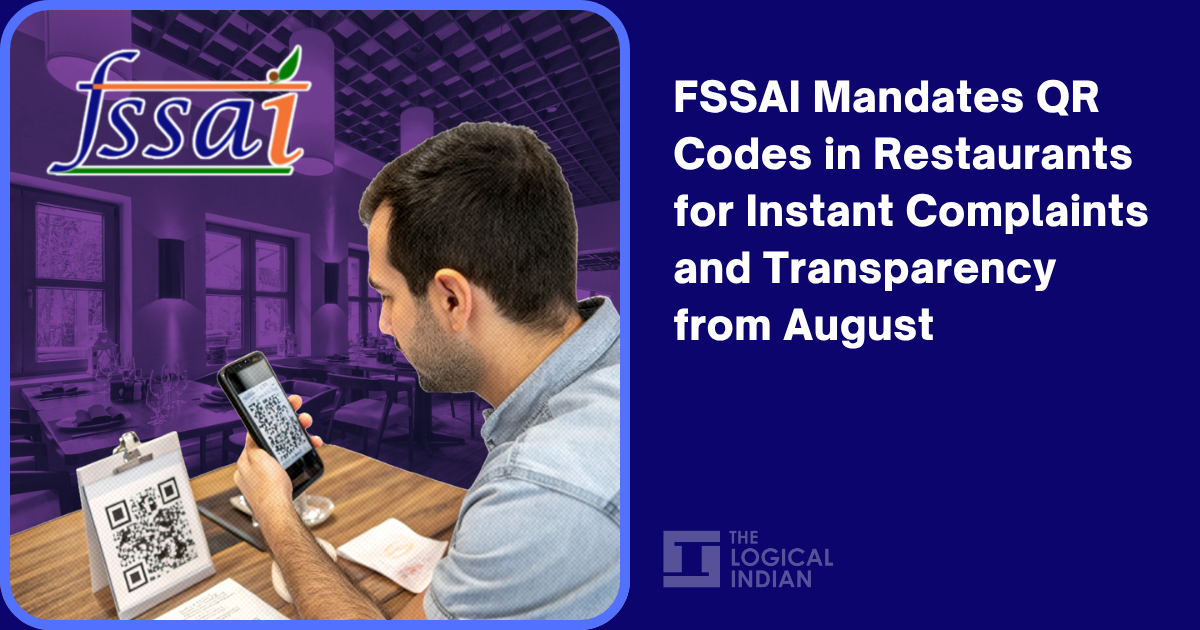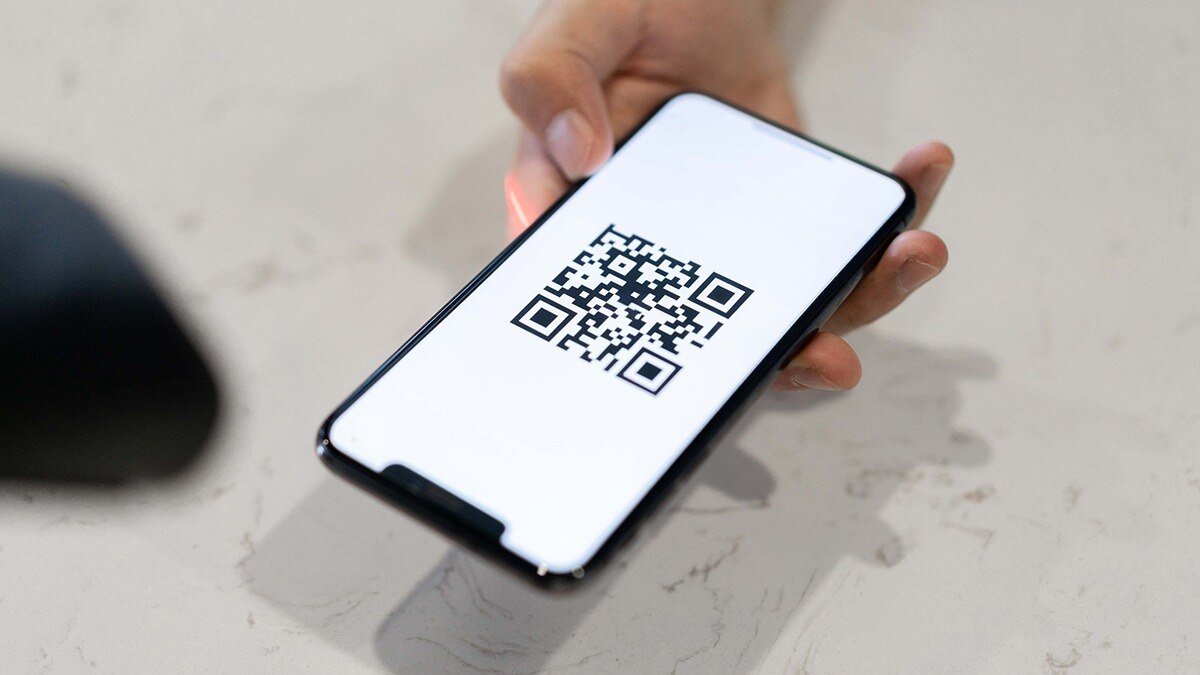Restaurants & Food
Food Delivery Platforms in India: Evolving Challenges

India’s food delivery platforms have revolutionized restaurant access for urban customers, but friction over commissions, discounts and data control remains high.
How food delivery platforms have evolved in India
The food delivery sector in India has experienced tremendous growth, driven by a combustible mixture of increasing disposable incomes, saturated lifestyles, and a rising dependence on digitized answers. Leveraging this rapid expansion and demand, a few companies, including Swiggy and Zomato, helped connect millions of customers, even those from tier-2 and tier-3 cities to restaurants. To this end, over the past few years, these platforms have offered logistical support, and promotional and customer engagement tools to help restaurants expand their reach without making heavy infrastructure investments.
The thought was that as these platforms grew, they’d become less mercurial and more amenable to addressing social concerns. Today, they have premium memberships, loyalty programs and, in some cases, their cloud kitchens. But even as those changes have helped platforms grow, they have created complexities that have strained their partnerships with restaurant partners.
Key Points of Contention
The steep commission food delivery platforms demand is a major issue looming over restaurants. These fees typically range from 15% to 30% of the order amount and eat away at the thin profits restaurants operate on. For smaller operations and stand-alone restaurants, such fees are especially onerous and can make it hard to justify the partnership.
Many restaurateurs say these fees fail to account for their financial pressures, including soaring ingredient costs, rent, and labour. Delivery platforms maintain that those fees are necessary to enable them to pay for buyer-side logistics and marketing technology, but the inability of food delivery services to guarantee lower commissions has continued to grind on them.
Food delivery platforms often run promotions and discounts to attract customers. It’s popular with users, but it’s restaurants that absorb the cost. Restaurants often feel they don’t have a choice but to participate in such promotions if they want to remain visible and competitive on the platforms. But the discounts can erode the bottom line and cheapen the experience of eating out.
This issue is often exacerbated by aggressive discounting campaigns hosted by the platforms, frequently without adequate consultation from their restaurant partners. (This has given rise to accusations that platforms quite literally just want to be friends, but form friendships for customer acquisition rather than on sustainable partnerships.)
-
Control Over Customer Data
Data is the new oil in the digital economy, and food delivery platforms have a wealth of information on customer preferences, order history, and spending patterns. Most restaurants feel second-class and uninformed because they rarely give their partners detailed customer data.
Restaurants argue access to this data would tailor their offerings, increasing customer participation and building loyalty. Platforms, on the other hand, claim that customer data is proprietary and the foundation of their competitive advantage.
-
Cloud kitchens and the competition
The growth of cloud kitchens like delivery-only kitchens are often run by the platforms themselves, has provided another layer of complexity. These kitchens utilize customer data and market intelligence to curate extremely targeted food brands and challenge traditional restaurants using the very same channels.
Although cloud kitchens provide operational efficiencies, their proliferation has started to raise fairness concerns. Restaurants see this as platforms exploiting their dominant position to gain an unfair advantage — which creates a conflict of interest.
Restaurant Associations and Pushback
Various Indian restaurant associations, including the National Restaurant Association of India (NRAI), have over the years been calling out the practices of food delivery platforms. These associations have attempted to spotlight issues like deep discounting, data transparency and high commissions through protests and lobbying for regulatory intervention.
In dramatic cases, collective action has produced short-term solutions. Campaigns such as #Logout, for instance, included thousands of restaurants choosing to opt themselves off the platforms in bad faith of their less favourable terms. These movements have made people aware, but it has also shown the reliance that restaurants have on these aggregators to access a wider customer base.
The Role of Regulation
As the rift between restaurants and delivery platforms deepens, the clamour has grown louder about whether the industry needs some type of regulatory oversight. Policymakers are starting to wrestle with questions around issues like fair pricing, data sharing and platforms’ transparency in practices. All that means that any regulatory dance here would have to be a finely tuned jig to meet the needs of the many constituencies in the space, to enable innovation and growth while at the same time addressing concerns of regulators.
Rules of the kind could, for instance, enable the restaurants to learn more about their customers without compromising the competitive advantage which the platforms enjoy when it comes to data sharing, as stated by Porat. On the other hand, caps on commission fees or greater flexibility in pricing structures would alleviate some of the financial burdens on smaller establishments.
Potential Paths Forward
We must work together to solve these tensions between restaurants and food delivery platforms. But with great power comes great responsibility — here are some ways we can bridge the gap:
- Transparent Commission Structures: The sites could negotiate commission fees that make more sense for places that require smaller amounts of food per day.
- Shared Data Insights: A collaborative approach to data sharing could enable restaurants to personalize their offers to customers while still respecting their privacy.
- Regulated discounting practices: Authorities could ensure that discounting and promotional campaigns are mutually beneficial for platforms.
- Enhanced Communication Channels: Having regular dialogue between the platforms and restaurant associations can help address grievances and build trust.
- New Collaboration Approaches: Platforms and restaurants could test different types of partnership models, including co-branded offerings or revenue-sharing deals.
Conclusion
Restaurants and food delivery platforms in India find their relationship at a crossroads. Though they have undoubtedly reshaped food landscapes, their meteoric rise has also underscored those tensions. This is a paradigm shift — one that balances the needs of all constituencies.
And for restaurants in particular, better operations and less dependence on aggregators will be critical. And platforms themselves, gaining trust and a genuine investment in their partners’ success will be key to sustainable growth.
Only time will tell, but the meat and potatoes of India’s food delivery gastronomy lies in how both sides of the steakhouse deal with these obstacles that threaten to tarnish an otherwise juicy experience of feasting out.
Restaurants & Food
Char kway teow in India? Meet the Singaporeans bringing local food to Mumbai

MUMBAI – One runs a supper club that evokes memories of home-cooked flavours, and the other is billed as the city’s first Singaporean street food restaurant.
For these two chefs abroad, food is a way to stay connected to their Singaporean identity.
Restaurants & Food
FSSAI Mandates QR Codes in Restaurants for Instant Complaints and Transparency from August

India’s Food Safety and Standards Authority (FSSAI) has implemented a new mandate from August 2025, requiring all food businesses—such as restaurants, cafes, cloud kitchens, and food trucks—to clearly display both their FSSAI license and a QR code linked to the Food Safety Connect App at key customer touchpoints.
This QR code allows consumers to instantly check food license details and raise concerns about food safety or hygiene. The aim is to strengthen consumer safety and regulatory transparency by enabling real-time, direct reporting of issues to authorities for quick resolution.
Enhancing Consumer Safety Through Digital Empowerment
Under the new rules, the QR code and license must be prominently displayed at entrances, billing counters, seating areas, and digital platforms like food delivery apps and websites.
By scanning the QR code, consumers can verify if an establishment is genuinely licensed, report hygiene violations, mislabelling, or unsafe practices, and even track the progress of their complaints in real time. FSSAI officials emphasise that this initiative “empowers consumers and modernises India’s food safety framework,” providing “a user-friendly tool for swift grievance redressal and heightened accountability”.
Who Must Comply – and What’s at Stake?
The directive applies to all food business operators (FBOs): restaurants, cafes, catering units, retail food outlets, cloud kitchens, food trucks, and even online delivery aggregators. Failure to comply may lead to penalties or suspension of food licenses, as per the Food Safety and Standards Act.
FSSAI highlights that this shift was driven by recent food safety lapses and widespread consumer complaints about poor hygiene and misleading labelling. With this move, India aims to foster a safer, more transparent, and trustworthy food landscape for every consumer.
Expert Advice: How Consumers and Businesses Can Stay Safe
Food safety experts and advocacy groups have welcomed the QR code initiative, calling it a much-needed reform for India’s fast-evolving food sector. Experts advise consumers to regularly scan the QR code whenever they visit a food outlet, always look out for a valid FSSAI license, and use the Food Safety Connect App to flag issues regarding hygiene or food quality.
For food business operators, experts recommend educating staff and customers about the new requirements, keeping the license and QR code up to date, and responding promptly to complaints. Professional food hygiene auditors and compliance consultants are now advising businesses to conduct regular kitchen audits, maintain proper documentation, and train teams on hygiene protocols to avoid penalties and protect business reputation.
Building a Transparent Food System – The Road Ahead
The introduction of digital QR code reporting marks a significant shift in food regulation, encouraging transparent operations and timely action on consumer complaints. By simplifying redressal avenues and holding food businesses to higher standards, this initiative takes Indian consumer protection a step further.
The Food Safety Connect App is available on both Android and iOS, ensuring wide accessibility. FSSAI encourages all food sector stakeholders to see this not just as regulatory compliance, but as a collective mission to build trust and ensure public health.
The Logical Indian’s Perspective
At The Logical Indian, we see this bold step as a cornerstone for a safer, digitally enabled, and empathetic consumer ecosystem. With robust reporting tools and strict accountability, Indian diners are now better equipped than ever to demand safe food and fair practices.
FSSAI mandates display of the ‘Food Safety Connect’ App QR Code at all food outlets- a move aimed at empowering consumers by providing them with a direct & user-friendly platform for grievance redressal. #FSSAIRelease @PIB_India @MoHFW_INDIA
Read More – https://t.co/xWLQgPJU8i pic.twitter.com/U8w8tPlASy
— FSSAI (@fssaiindia) August 1, 2025
Restaurants & Food
FSSAI mandates QR codes at restaurants for easy complaints

The Food Safety and Standards Authority of India (FSSAI) has issued a fresh directive for all food business operators (FBOs) across the country, including restaurants, cafs, dhabas, and street-side eateries, to visibly display their FSSAI licence or registration certificate along with a QR code that links to the Food Safety Connect App. This move, according to the authority, is aimed at empowering consumers and making it easier for them to file complaints about food safety, hygiene, and misleading product labels.
The QR code, which is now a mandatory part of the FSSAI licence, must be placed in areas easily visible to customers, such as entrances, billing counters, or dining sections. Customers can simply scan the QR code using their smartphones and be redirected to the app, where they can submit complaints or view key information about the outlet’s registration status.
Once a complaint is submitted through the app, it is automatically routed to the correct jurisdictional authority for faster resolution. This direct reparation mechanism is expected to save time, cut through bureaucratic delays, and improve accountability within the food sector.
In a statement, the FSSAI said that this initiative is part of a broader strategy to ensure that food safety remains a priority for businesses and consumers alike. “This measure is aimed at empowering consumers by providing them with a direct and user-friendly platform for grievance reparation,” the authority noted.
The app not only allows users to report hygiene and safety violations but also helps them check if a food outlet is officially registered or licensed. Users can also stay updated on FSSAI’s latest food safety alerts and initiatives.
Additionally, FSSAI has asked all FBOs to integrate the QR code across their digital platforms, including websites and food delivery apps, wherever applicable. This would allow consumers to verify details or report complaints even while ordering food online.
The new rule comes shortly after FSSAI issued warnings to e-commerce platforms to comply with food safety norms. These platforms are now also required to display their FSSAI licence or registration numbers clearly on all receipts, invoices, and cash memos issued to customers.
By making it mandatory to display QR codes at physical locations and online, FSSAI aims to build greater trust among consumers and promote a culture of safety, transparency, and accountability in India’s vast food and hospitality sector.
– Ends
-

 Brand Stories2 weeks ago
Brand Stories2 weeks agoBloom Hotels: A Modern Vision of Hospitality Redefining Travel
-

 Brand Stories1 week ago
Brand Stories1 week agoCheQin.ai sets a new standard for hotel booking with its AI capabilities: empowering travellers to bargain, choose the best, and book with clarity.
-

 Destinations & Things To Do2 weeks ago
Destinations & Things To Do2 weeks agoUntouched Destinations: Stunning Hidden Gems You Must Visit
-

 Destinations & Things To Do1 week ago
Destinations & Things To Do1 week agoThis Hidden Beach in India Glows at Night-But Only in One Secret Season
-

 AI in Travel2 weeks ago
AI in Travel2 weeks agoAI Travel Revolution: Must-Have Guide to the Best Experience
-

 Brand Stories1 month ago
Brand Stories1 month agoVoice AI Startup ElevenLabs Plans to Add Hubs Around the World
-

 Brand Stories3 weeks ago
Brand Stories3 weeks agoHow Elon Musk’s rogue Grok chatbot became a cautionary AI tale
-

 Asia Travel Pulse1 month ago
Asia Travel Pulse1 month agoLooking For Adventure In Asia? Here Are 7 Epic Destinations You Need To Experience At Least Once – Zee News
-

 AI in Travel1 month ago
AI in Travel1 month ago‘Will AI take my job?’ A trip to a Beijing fortune-telling bar to see what lies ahead | China
-

 Brand Stories2 weeks ago
Brand Stories2 weeks agoContactless Hospitality: Why Remote Management Technology Is Key to Seamless Guest Experiences

You must be logged in to post a comment Login